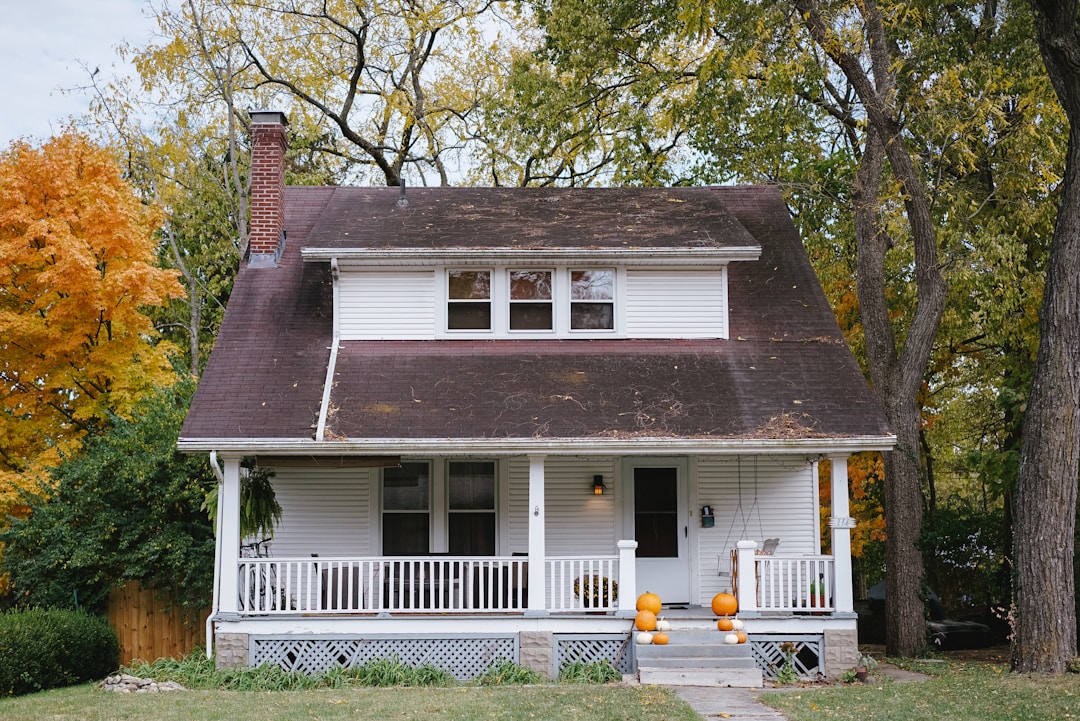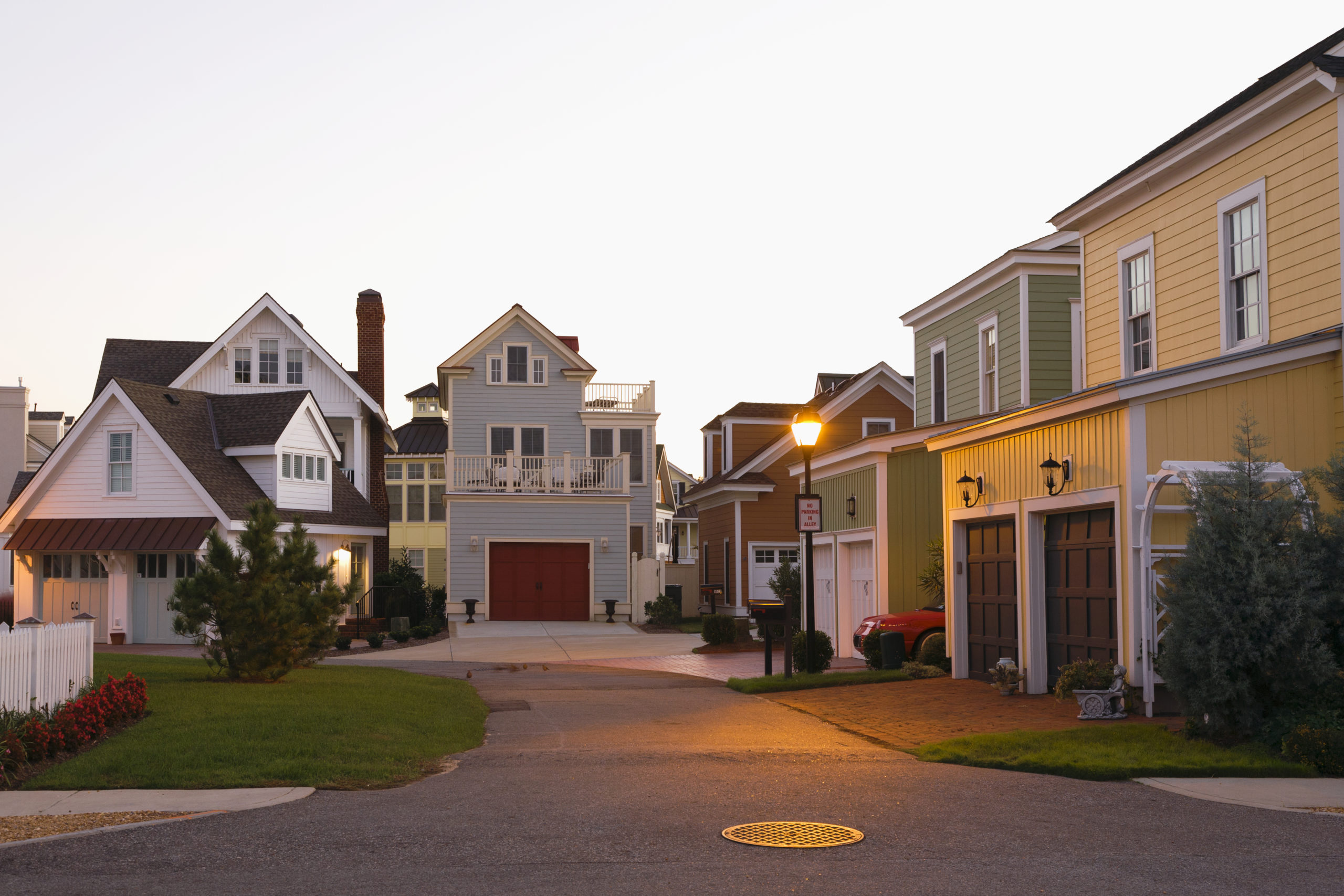Living arrangements refer to more than just the type of building you occupy. They also refer to your household’s composition. Whether you’re related to the people you live with also determines what type of living arrangements you have.
Some people maintain the same type of living arrangements they’ve known since childhood. Others may change their living arrangements multiple times during their lives. Additionally, some people alternate between different living arrangements throughout the year, particularly if they’re retired. Let’s examine various living arrangements in closer detail.
Single-Family Homes

When your immediate family lives in a detached home and does not share space with others, you occupy a single-family home. In addition to the millions who own single-family homes, over 40 million people in the United States rented single-family houses in 2019, making this a common housing option.
Multi-Family Homes

Individuals and families may live in a multi-family home. These homes include duplexes and triplexes. In multi-family homes, a house is divided into separate units. Individuals or families rent these units. Multi family homes contain no more than four units or apartments. One of the reasons people choose multi-family properties is to reduce their housing costs because it’s usually less expensive to rent a unit in a multi-family property than renting a single-family home. Individuals may also purchase a multi-family property as a real estate investment, living in one unit while generating revenue by renting the other units in the property.
Recreational Vehicle (RV) Parks

RVs include motorhomes and trailers people occupy. Some people use their RV for accommodations while on vacation. Owning a motorhome makes it easy to prepare for a long or short drive to destinations throughout the country. It lets you pack plenty of your belongings and conserve costs by making meals in your RV kitchen while en route to a premier RV park. RV parks include plenty of amenities, including clean restrooms where you can shower during your stay. Connecting to full hookups ensures you can use electricity to run appliances and charge your computers and smartphones. Many RV parks also supply free Wi-Fi, making it easy to stay connected from any location.
Many retirees enjoy splitting their time between a family home and their RV. Snowbirds include retired Americans living in northern states and retired Canadians who spend several months each year living at RV parks. Living in an RV also simplifies their lives, and many RV sites offer social activities and recreational venues guests use during their stay. Both retirees and people who aren’t retired also opt to live in an RV year-round.
Multi-Generation Homes

Multi-generation homes enable multiple generations of the same family to occupy the same house. For example, a married couple starting a family may invest in a house with two master suites. One spouse’s parents would then move into the family, allowing three generations to cohabit the house. Multiple generations from the same family can also cohabit homes without multiple master suites.
Condominiums and Apartments

Condos and apartments are similar to multi-family homes, but they’re in buildings with more than four separate units. Individuals may buy a condo or rent an apartment. These dwellings vary in size and style. Some condominiums and apartment buildings provide occupants with access to a private dog park, picnic tables, and fitness facilities. It’s also common for these properties to include a playground and provide building maintenance staff with tasks such as shoveling snow or cleaning hallway and entrance floors.
Roommates

Roommate scenarios apply to individuals who rent an apartment, duplex, triplex or detached home with other individuals who aren’t members of their family. It’s common for individuals to reside with roommates when they attend college or first move out from their family home because it’s more affordable than living alone.
There are multiple types of living arrangements people can consider. Some people change living arrangements during their lifetime based on their needs or interests.
Frequently Asked Questions
- How to arrange a small living room with furniture?
Arranging furniture in a small living room involves selecting pieces that are appropriately scaled to the space and arranging them in a way that maximizes flow and functionality. Consider using space-saving furniture and arranging it to create clear pathways and zones within the room. - How to arrange living room furniture in a small space?
Arranging living room furniture in a small space requires strategic planning to make the most of the available square footage. Consider using multipurpose furniture, such as a sofa bed or storage ottoman, and arranging furniture to create designated areas for different activities. - How to arrange furniture in a small living room with a TV?
Arranging furniture in a small living room with a TV involves finding the optimal placement for both seating and the television to ensure comfortable viewing angles and efficient use of space. Consider mounting the TV on the wall or placing it on a media console and arranging seating to face the TV. - How to arrange furniture in a rectangular room?
Arranging living room furniture in a rectangular room requires careful consideration of the room’s proportions and focal points. Consider arranging furniture along the longest wall to create a sense of balance and symmetry, and use area rugs to define separate seating areas within the room. - How to arrange furniture in a long narrow living room with fireplace?
Arranging furniture in a long narrow living room with a fireplace involves creating a layout that maximizes the space’s functionality while highlighting the fireplace as a focal point. Consider arranging seating around the fireplace to create a cozy conversation area and using furniture placement to visually widen the room. - How to arrange furniture in an open concept living room?
Arranging furniture in an open concept living room requires creating distinct zones for different activities while maintaining a sense of flow and cohesion throughout the space. Consider using area rugs, furniture groupings, and strategic placement to define separate areas for lounging, dining, and entertaining. - How to arrange living room furniture with a fireplace and TV?
Arranging living room furniture with both a fireplace and TV involves finding a balance between creating a cozy seating area around the fireplace and ensuring comfortable viewing angles for the TV. Consider placing the TV above the fireplace or on an adjacent wall and arranging seating to face both the fireplace and TV. - How to arrange furniture in a living room with a corner fireplace?
Arranging furniture in a living room with a corner fireplace requires creative placement to make the most of the space. Consider arranging seating at an angle to the fireplace to create a cozy conversation area, and use furniture placement to visually balance the room. - How to arrange furniture in a living room with no wall space?
Arranging furniture in a living room with no wall space requires innovative solutions to create functional seating areas and define the room’s layout. Consider using floating furniture arrangements, such as back-to-back sofas or a central coffee table, to create a sense of openness and flow. - How to arrange living room furniture with a fireplace and TV?
Arranging living room furniture with both a fireplace and TV involves finding a balance between creating a cozy seating area around the fireplace and ensuring comfortable viewing angles for the TV. Consider placing the TV above the fireplace or on an adjacent wall and arranging seating to face both the fireplace and TV.




